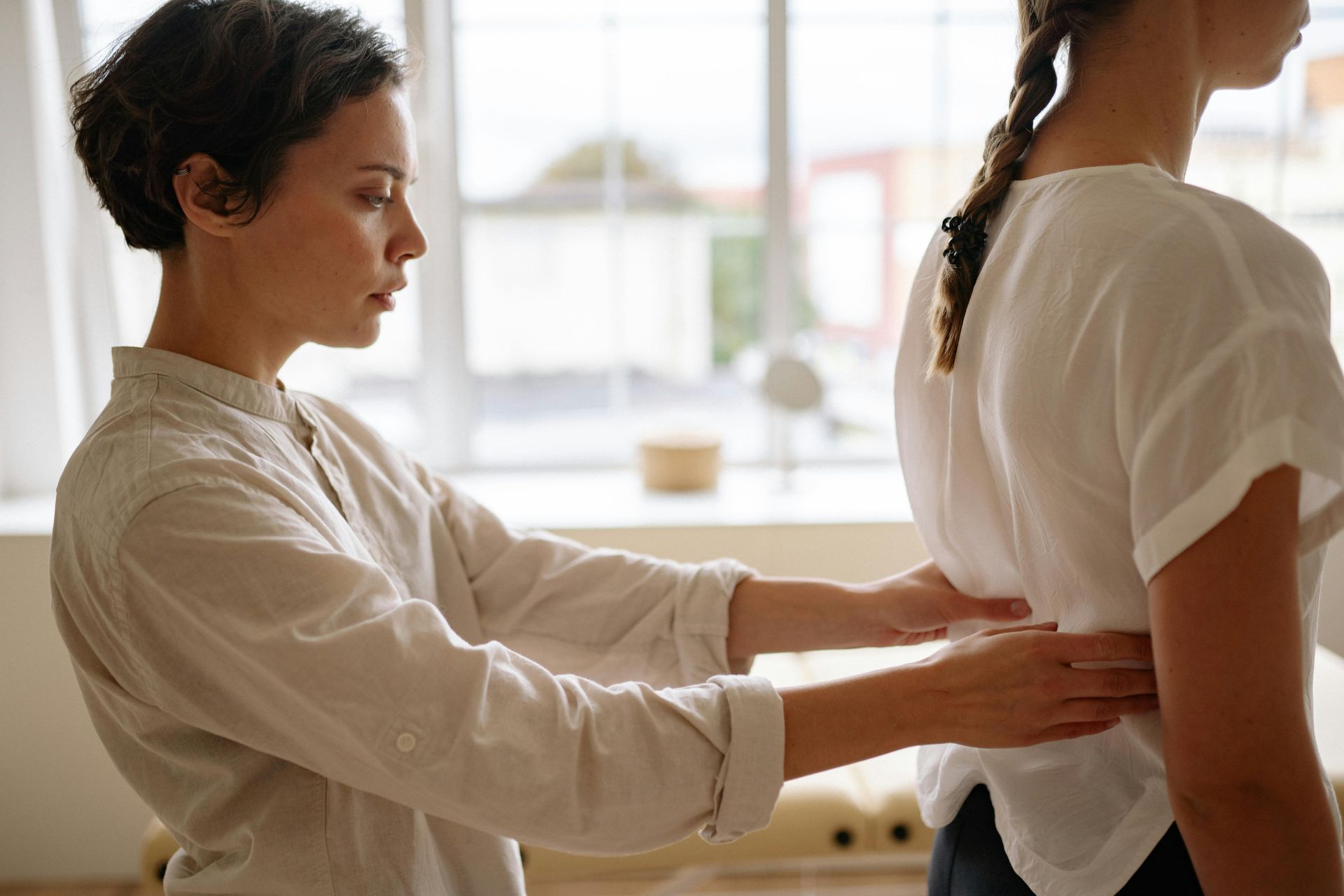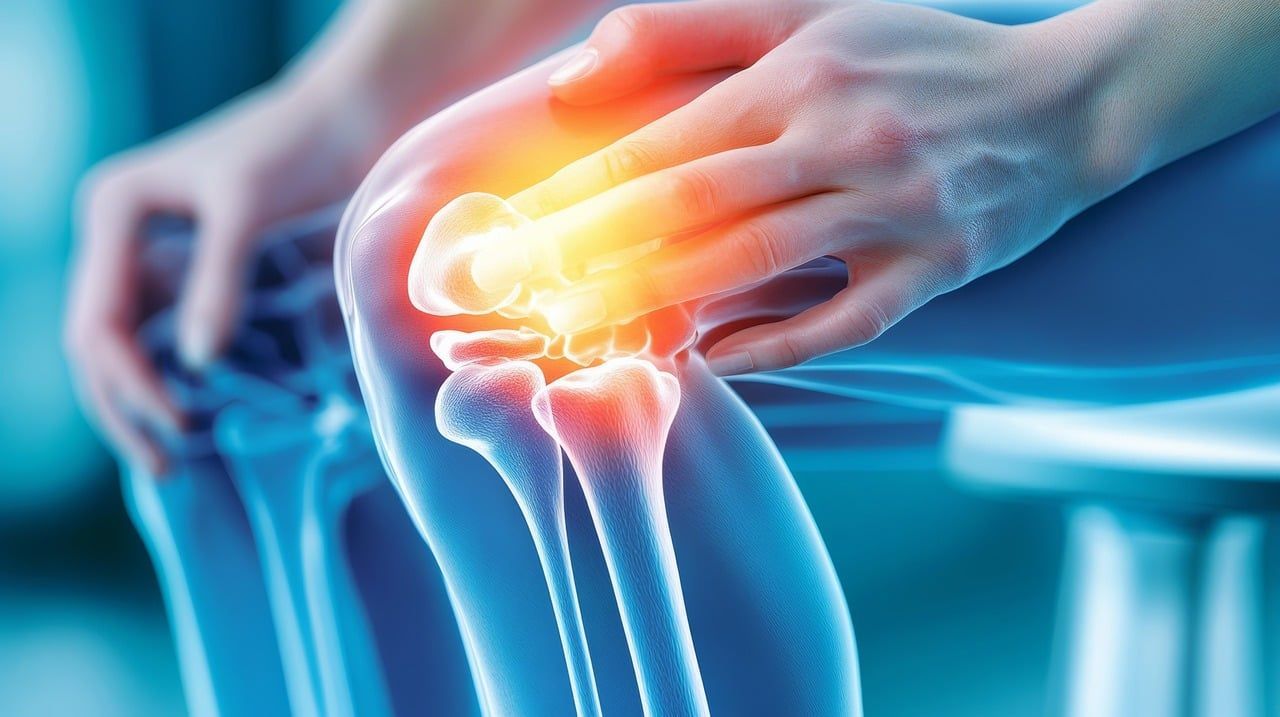Spinal Clarity: Disc Bulge, Herniation, and Extrusion Explained
Spinal Clarity: Disc Bulge, Herniation, and Extrusion Explained

Welcome to the low back pain blog, where we will discuss the difference between a disc bulges, herniation and an extrusion.
If you're checking this page out, odds are you or someone you know has been diagnosed with a discogenic condition. Disc herniations are a very common condition that affect over 1 million people per year in the United States!
Now its important to note, that not everyone will be symptomatic, however, the people that do have symptoms know how painful and limiting this injury is.
I wanted to create numerous forums and programs to help people with discogenic conditions because I know how painful and limiting this injury can be.
At the clinic I see roughly 25 patients a week for discogenic injuries including: disc bulges, herniations, and extrusions.
I like to break down the difference between the aforementioned pathologies, explain what is happening at a physiological level and how we can manage and correct them.
Lets start by understanding the difference between the big three:
Disc bulge:
A disc bulge occurs when the entire disc protrudes outward, but the outer layer (annulus fibrosus) remains intact. The bulging is generally more diffuse and less localized compared to a herniation.
Symptoms: May not always cause symptoms. When symptoms occur, they can include mild to moderate back pain and discomfort.
Example: Imagine a balloon that’s being inflated. As the balloon expands, the entire surface bulges outward, but the outer layer of the balloon is still intact. Similarly, a disc bulge affects a broad area but doesn’t break the disc’s outer layer.
Disc herniation:
A disc herniation happens when the inner gel-like core (nucleus pulposus) of the disc pushes through a tear or crack in the outer layer (annulus fibrosus). This protrusion can press on nearby nerves.
symptoms: Can include sharp pain, radiating pain into the limbs, numbness, and weakness. Symptoms depend on the location of the herniation and the nerves affected.
Example: Picture a jelly-filled doughnut where a tear in the doughnut’s side allows some of the jelly to ooze out. This localized protrusion of jelly represents a disc herniation, where the inner core pushes through the damaged outer layer.
Disc Extrusion:
Disc extrusion is a more severe form of herniation where a significant portion of the inner disc material (nucleus pulposus) escapes through a tear in the outer layer (annulus fibrosus). This often results in the displaced disc material being separated from the main body of the disc.
Symptoms: May cause more intense symptoms, such as severe pain, significant nerve compression, and possibly loss of function or sensation in the affected area.
Example: Think of a balloon filled with water. If you puncture a hole and a large amount of water escapes, it represents disc extrusion. The disc material escapes through a tear and can move away from the main disc body, causing potentially severe symptoms.
How can we manage the symptoms?
Now that we know the difference between the three, how can you manage and treat these injuries?
There are three main ways to treat this injury:
- Conservative care through lifestyle modifications and exercise
- Injections/steroids
- Surgery
In my experience most people can make lifestyle modifications, exercise and avoid certain movements to abolish their pain and get back to their daily activities.
So lets get into how to make these changes and what you will need. First, its important to understand that lumbar spinal flexion occurs when we lean forward rounding our back. Spinal extension is the opposite, its when we arch our lower back.
For these injuries we want the spine to go into extension to gradually push the disc back into place and prevent it from poking out even more.
I want you to think, when are your symptoms the worst? Is it when your sitting for a while on the couch/in a car, bending down to pick something up, or even just rolling around in bed? That is because those are spinal flexion movements! We want to avoid those, so an easy solution is to place a lumbar roll or a towel roll behind your lower back when sitting. This will force your lower back to have the support it needs in extension, thus preventing the disc from translating out of place. It is also important to engage your core when bending and rolling and strengthen specific muscles that provide stability to the spine.
I designed a 12 week program that solely focuses on discogenic injuries with progressive periodization of exercises. The exercises are geared towards an extension bias while focusing on strengthening your core, hips and low back muscles. Learning how to engage them while doing everyday life activities will abolish your pain and allow you to get back to your prior level of function.
Go check out the disc herniation program and get started, and remember this is a community, if you have questions we are all here for one another!
Join the Community
Our online community bridges this gap, providing the guidance and support you need to stay on track and achieve lasting results.

